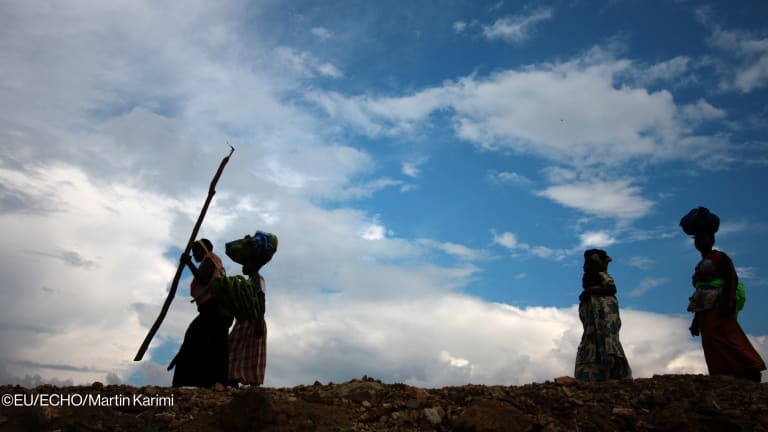
In a world of rampant abuses and chaos, children with disabilities are among the most violated, exploited and neglected — but their numbers worldwide, however, remain unknown.
UNICEF’s latest State of the World Children report asked the international aid community to place children with disabilities on the top of the development agenda.
Donors, the U.N. agency suggested, should include the plight of children with disabilities in the objectives, targets and monitoring indicators of all development programs.
“Reliable and objective data are important to assist in planning and resource allocation […] The necessary statistical work will take time but would be given vital impetus [for] international donors to promote a concerted global research agenda on disability,” the report notes.
While data remains scant as of now, programs for children with disabilities should continue.
Realign aid with U.N. conventions
UNICEF also called on donors to align their development assistance with the Convention on the Rights of Persons with Disabilities and the Convention on the Rights of Children. “Making good on the promises of the conventions will require not only diligent enforcement but also rigorous monitoring and an unflagging commitment by all to accountability and adaptation,” says the study.
Children with disabilities are, according to the U.N. agency, “among the most marginalized people in the world” and the poorest among the poor children.
They face the world with greater danger: three to four times likely to be victims of violence and least likely to receive healthcare or go to school. In some countries, they are subject to forced sterilization or abortion. They confront harsh realities when they are put in institutions.
Abid Aslam, the author of the UNICEF report, told Devex that the not done enough, and “the way forward starts with political will.”
Donor support needed
Even if aid money from donors only makes up a small portion of an institution’s operating budget, their support is likened as a “seal of approval,” said Eric Rosenthal and Lauren Ahern of Disability Rights International, who shared their perspective in the report.
“These donors may be well intentioned but this support runs counter to the intent of the CRPD and other rights instruments that protect people from segregation,” they added.
Aslam agreed and explained that donors can help children with disabilities by funding inclusive infrastructure and services, and “not funding anything at odds with the spirit or letter of the CRPD.” The private sector, he said, can also have every bit as significant an impact as international donors and other development actors.
The chaos during humanitarian crises has put children with disabilities in greater danger. Humanitarian responders – governments, development actors, NGOs, civil society and family – should see to it there are data to provide evidence for the distinct needs of children with disabilities. They should be involved in the planning and design of their programs, and be heard to challenge discrimination and promote equality.
“Inclusive humanitarian response is urgently needed — and feasible,” UNICEF recommended.
Read more development aid news online, and subscribe to The Development Newswire to receive top international development headlines from the world’s leading donors, news sources and opinion leaders — emailed to you FREE every business day.








